PPT-Chapter 12 Can’t We All Disagree More Constructively?
Author : olivia-moreira | Published Date : 2018-11-01
Problem of squeezing 6 or however many dimensions into 1 From Chapt 11 Moral systems are interlocking sets of values virtues norms practices identities institutions
Presentation Embed Code
Download Presentation
Download Presentation The PPT/PDF document "Chapter 12 Can’t We All Disagree More ..." is the property of its rightful owner. Permission is granted to download and print the materials on this website for personal, non-commercial use only, and to display it on your personal computer provided you do not modify the materials and that you retain all copyright notices contained in the materials. By downloading content from our website, you accept the terms of this agreement.
Chapter 12 Can’t We All Disagree More Constructively?: Transcript
Download Rules Of Document
"Chapter 12 Can’t We All Disagree More Constructively?"The content belongs to its owner. You may download and print it for personal use, without modification, and keep all copyright notices. By downloading, you agree to these terms.
Related Documents

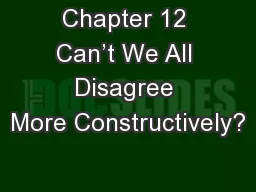
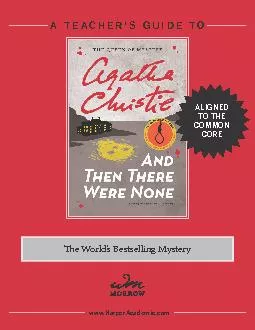

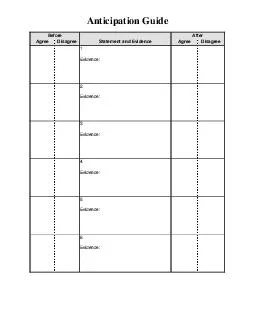

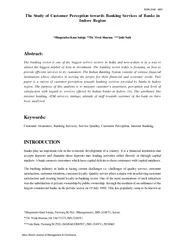
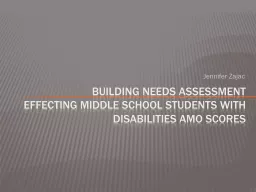
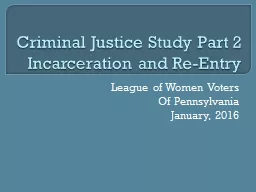
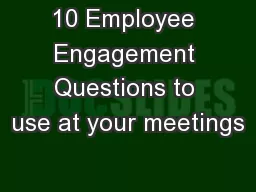
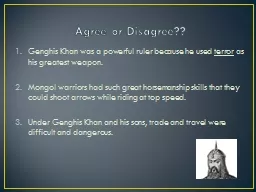
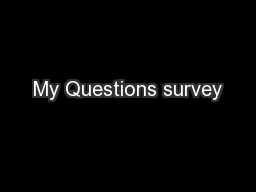
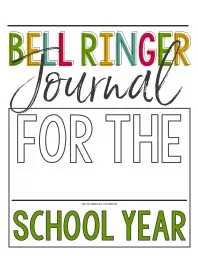
![[READ] - Understanding University Committees: How to Manage and Participate Constructively](https://thumbs.docslides.com/906365/read-understanding-university-committees-how-to-manage-and-participate-constructively-in-institutional-governance.jpg)
![[READ] - Understanding University Committees: How to Manage and Participate Constructively](https://thumbs.docslides.com/907014/read-understanding-university-committees-how-to-manage-and-participate-constructively-in-institutional-governance-61c2a30aa95a5.jpg)